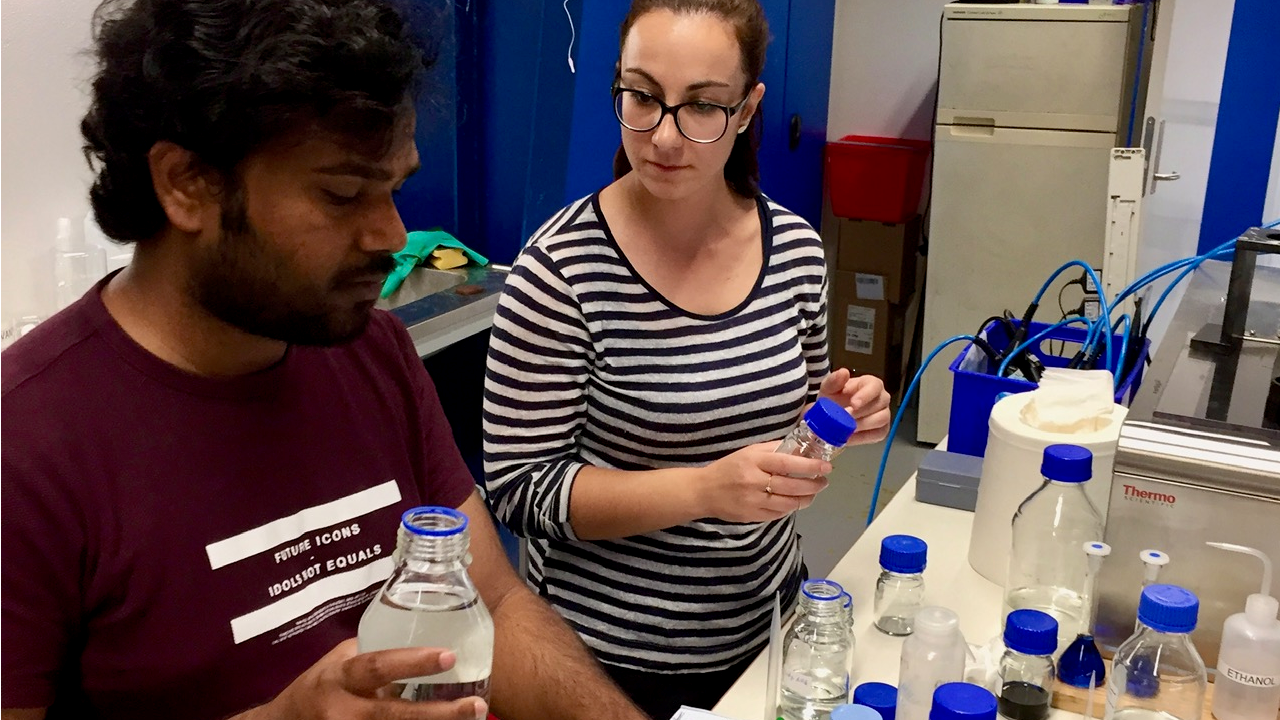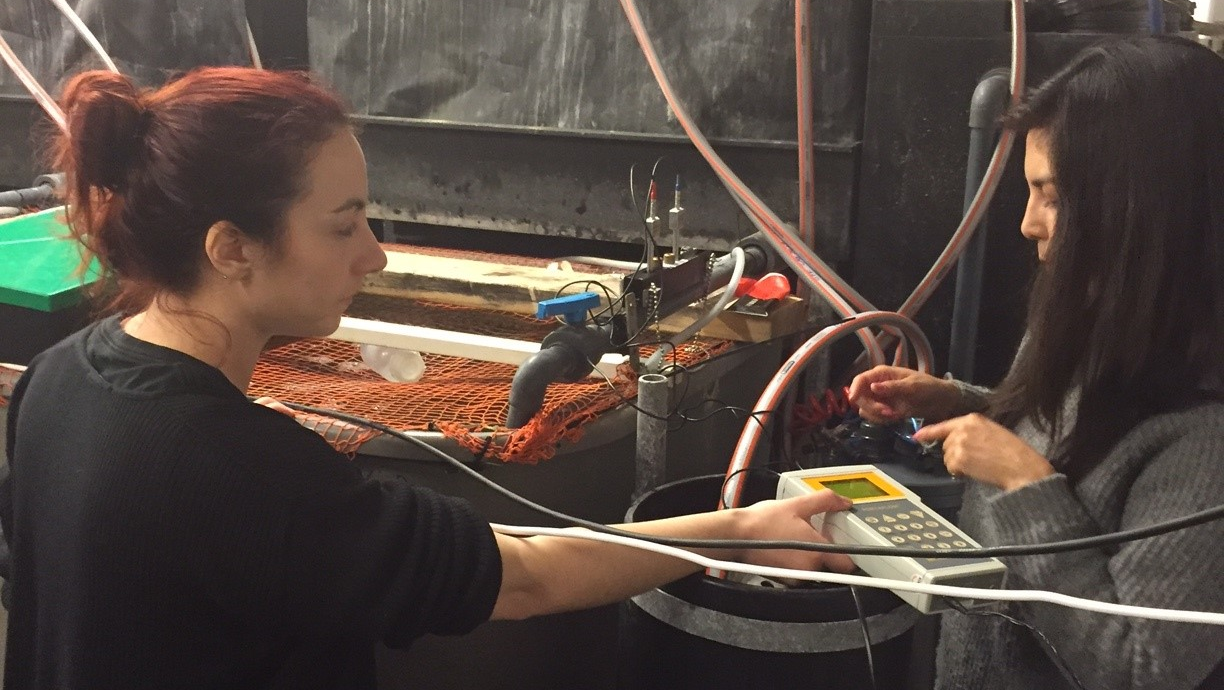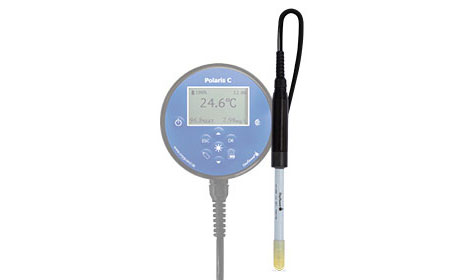Ozone technology
Ozone (O3) is an atmospheric gas consisting of 3 oxygen atoms, emitting a characteristic smell, reminiscent of chlorine. An ozone molecule is divided in a diatomic oxygen molecule (O2) and a single oxygen atom (O). The latest is characterized by highly reactivity, oxidizing both organic and inorganic components rapidly.
The application of ozone in water treatment is widespread throughout the world. Ozonation has been highlighted as an efficient technology for the oxidative reduction of several organic contaminants for water sources in short contact time. Additionally, ozone is effective against bacteria, spores, viruses and micro-pollutants elimination, and it improves water quality in terms of taste, odor and decoloration. Since it is easily decomposed, its production should be exclusively made on-site, where it will be used. Ozone as other disenfectants (e.g. chlorine etc.), is unstable in water and undergoes reactions with constituents conaining in the water. The half-life of ozone is on the order of minutes when dissolved in water, which is faster than pure oxygen dilution.
When ozone is dissolved, reverts back to oxygen, providing hundreds of times more dissolved oxygen in water than could otherwise be possible. It should be mentioned that it does not have any residual disinfection.
The unparalleled feature of ozone is the hydroxyl radicals (•OH) generation which seems to be the strongest oxidants in water. Once •OH are formed in water, they rapidly react with all present oxidizable materials.
O3 + H2O → HO3- + OH- → 2HO2
O3 + HO2 → 2O2 + OH
Therefore, contaminant oxidation occurs through reactions with ozone (O3), hydroxyl radicals (•OH) or a combination of both.
Nowadays, the only ozonation by-product regulated in drinking water is bromate, which is formed during ozonation of bromide-containing waters. The ozonation also leaves oxygenated products which in some applications such as aquaculture will be beneficial as the water is enriched with oxygen. In case of swimming pools, ozone addition should be prior to deozonation on a filter to prevent ozone elusion into the air in the swimmimg pool.
View our products


Ozone dosage in waste water treatments
R&D: The aim of this study was to investigate the ozone dosage required to remove active pharmaceutical ingredients ...
Read more
Ozonation in recirculating aquaculture systems
R&D: To address the undesired effect of chemotherapeutants in aquaculture, ozone has been suggested as an alternative to ...
Read more
Disinfection by-products in swimming pools
R&D: Formation of disinfection by-products (DBPs) in swimming pools is a known health concem. Due to its efficiency against pathogens ...
Read more